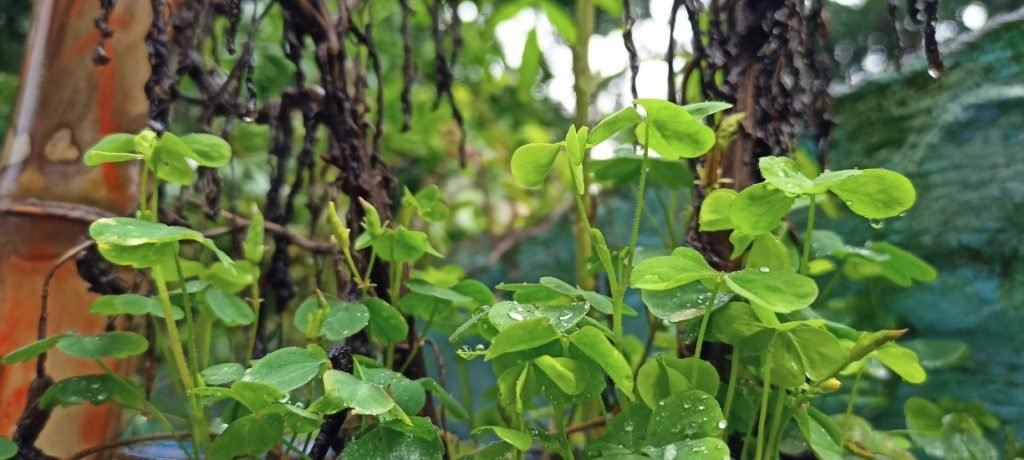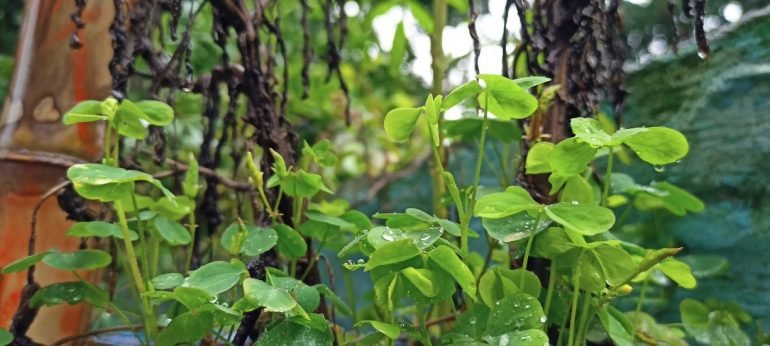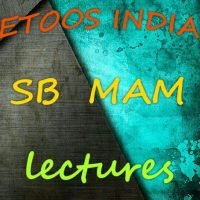Important Points on Plant Anatomy notes

Some important poins on plant anatomy notes.
A transverse section of stem is stained first with safranin and then with fast green following the usual schedule of the
double staining for the preparation of permanent slide.
Red and green would be colour of the stained xylem
and phloem.Cells of this tissue are living and show angular wall thickening. They also provide mechanical support.
The tissue is Collenchyma.
A conjoint and open vascular bundle will be observed in the transverse section of Dicot stem.
Interfascicular cambium and cork cambium are formed due to Cell dedifferentiation.
Phellogen and phellem respectively denote Cork cambium and cork.
A piece of wood having no vessels (trachea) must be belonging to GYMNOSPERM
A plant tissue, when stained, showed the presence of hemicelluloses and pectin in cell wall of its cells. The tissue
represents Collencyma.When we peel the skin of a potato tuber, we remove Periderm.
A vessel less piece of stem possessing prominent sieve tubes would belong to Trochodendron.
Meristematic tissues include Stem and root apices, vascular cambium and cork cambium.
Laticiferous gland is found in Cortex plant part.
In a longitudinal section of a root, starting from the tip upward, the four zones occur in the following order Root cap,
cell division, cell enlargement, cell maturation.Intercalary meristem results into Primary growth.
Chloroplast is present in Guard cells.
In a plant organ, which is covered by periderm and in which the stomata are absent, some gaseous exchange still
takes place through Lenticels.Motor cells in plants are found in Upper epidermis of monocot leaf.
Vascular cambium of stem is Partly primary and partly secondary meristem.
Monocots have no differentiation of bark, sap wood and heart wood.
Generally, a monocot stem bears Collateral closed vascular bundles.
This content developed by Biomentors classes online @ COPYRIGHT – ALL RIGHT RESERVED 11Epidermis and epiblema are produced from Protoderm.
Vascular bundles in which phloem is found on both sides of xylem are called Bicollateral. Seen in Cucurbita.
Air spaces are present in Hydrophytes.
Thick cuticle, sunken stomata are found in leaves of Xerophytes.
Passage cells are thin-walled cells found in Endodermis of roots facilitating rapid transport of water from cortex to
pericycle.Cuticle is secreted by Epidermis.
Cuticle is not found in the epidermis of Root.
Trichomes May be branched or unbranched.
Casparian strip is found in Root endodermis.
Fusiform initial forms Tracheary elements.
Bulliform cells Are found in grasses.
Duramen or heart wood is Inner region of secondary wood.
Lenticels and hydathodes are small pores à their opening and closing is not regulated.
Vascular tissues in flowering plants develop from Plerome.
Dicot root its different from monocot root in all of the following except Exarch and radial vascular bundle.
Intercalary meristem is not a lateral meristem.
Cotton fiber is basically a type of Non-glandular hairs.
Starch grain is abundantly found in the endodermis of Dicot stem.
Thorn is a structure which contains vascular bundle and is modification of stem
Interfascicular cambium is a Secondary meristematic tissue.
In land plant, guard cells differ from other epidermal cells in having Chloroplasts.
Ground tissue includes All tissue except epidermis and vascular bundle.
Common bottle cork is a product of Phellogen.
Water containing cavities in vascular bundles are found in Maize.
Interfascicular cambium develops from the cells of Medullary rays.
Lenticles are involved in Gaseous exchange.
Age of a tree can be estimated by Number of annual rings.
Tracheids differ from other tracheary elements in Being imperforate.
In ring girdled plant (Bark removed à Phloem removed) the root dies first.
The balloon shaped structures called tyloses are extensions of xylem parenchyma cells into vessels.
The vascular cambium normally gives rise to Secondary xylem.
Phellem is made up of dead cells.
Plants having no secondary growth are Grasses. (Monocots)
Plant anatomy notes 51 points for your quick revision.




 155 out of 200 questions were directly asked from these notes in NEET 2024
155 out of 200 questions were directly asked from these notes in NEET 2024

Your channel is wow!!!!! I never had seen this kind of channel flooded with quality and free materials… hats off tou you (dear owner)
thanks Saina
Thanks for all nyc app and website and channel
To a talented sir from the state of Dhoni…